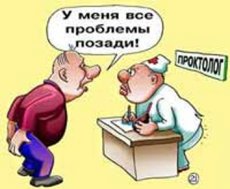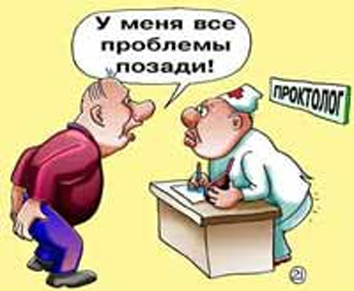Medical expert of the article
New publications
What are the symptoms of hemorrhoids?
Last reviewed: 04.07.2025

All iLive content is medically reviewed or fact checked to ensure as much factual accuracy as possible.
We have strict sourcing guidelines and only link to reputable media sites, academic research institutions and, whenever possible, medically peer reviewed studies. Note that the numbers in parentheses ([1], [2], etc.) are clickable links to these studies.
If you feel that any of our content is inaccurate, out-of-date, or otherwise questionable, please select it and press Ctrl + Enter.

Many people feel pain in the anus, but cannot answer the question of what disease they suffer from. Is it hemorrhoids or maybe a completely different disease? What are the symptoms of hemorrhoids?
If you notice any of the following symptoms, you may most likely have hemorrhoids.
- Bleeding during bowel movements
- Protrusion of part of the rectum during defecation
- Itching in the anal area
- Pain in the anal area
- Sensitive tissues of the anus
What are the most common symptoms of hemorrhoids?
There are two types of nerves in the anal canal area, the visceral nerves (above the dentate line) and the somatic nerves (below the dentate line). The somatic nerves are classified as nerves of the skin and are capable of feeling pain. The visceral nerves are classified as nerves of the intestine and do not feel pain, only pressure. Therefore, hemorrhoids that are above the dentate line are usually painless.
When the anal cushions (knots, bumps) of internal hemorrhoids continue to expand, it appears as a bulge in the anal canal. It may even involve part of the rectal lining above, which loses its fixation and protrudes out of the anus. This condition is called prolapsing of internal hemorrhoids.
In the anal canal area, hemorrhoids are subject to trauma from hard stools, particularly hard stools associated with constipation. Trauma can cause bleeding and sometimes pain when stool passes out of the anus.
Details about hemorrhoid symptoms
The rectal lining that extends from the anus down secretes mucus, keeping the anus and the skin around it moist. Stool may also come out onto the anal skin area. The presence of stool and constant moisture can lead to anal itching, although itching is not a common symptom of hemorrhoids. In prolapse, the hemorrhoid usually moves back into the anal canal or rectum, or can be pushed back in with a finger, but the prolapse returns again with the next bowel movement.
Less commonly, hemorrhoids protrude from the anus and cannot be pushed back into the rectum, a condition called imprisoned hemorrhoids. Incarcerated hemorrhoids may contain a supply of blood that is removed by contraction of the anal sphincter, and blood vessels and hemorrhoidal cushions that may collapse, a condition called gangrene. Gangrene requires medical treatment.
Hemorrhoid grading system

For ease of describing the severity of internal hemorrhoids, many doctors use a grading system.
- First degree hemorrhoids: hemorrhoids that may have bleeding but no bleeding is detected.
- Second degree hemorrhoids: Hemorrhoids with prolapse of hemorrhoidal nodes (with or without bleeding).
- Third degree hemorrhoids: Hemorrhoids with prolapsed cones that can be pushed inward with a finger.
- Grade 4 hemorrhoids: Hemorrhoids with protruding cones that cannot be pushed back with a finger.
Fourth-degree hemorrhoids may also involve thrombi, which contain blood clots that protrude from the rectum through the anus.
It is important to take into account that the symptoms of external hemorrhoids look and manifest differently than the symptoms of internal hemorrhoids.
Differences between external and internal hemorrhoids
External hemorrhoids may feel like blisters on the anus, but they tend to cause some of the symptoms typical of internal hemorrhoids. This is likely because the hemorrhoid bumps are located low in the anal canal area and have little effect on the function of the anus, especially the anal sphincter.
External hemorrhoids can cause problems when blood clots are located inside the lumps. This is called thrombosis. Thrombosis - external causes of hemorrhoids - is a very painful condition when a hard lump of feces passes through the anus. The pain is caused by somatic nerves and often requires medical attention. In the case of thrombosis in hemorrhoids, it can be treated by excising the areas of skin protruding from the anus.
Sometimes, the most that can be done to treat hemorrhoids is anal hygiene (cleaning the anus) when hemorrhoids become difficult due to pain or irritation of the anus.


 [
[